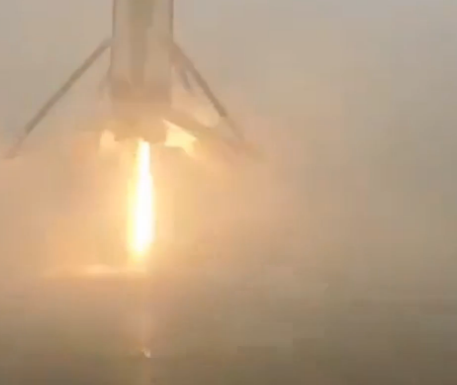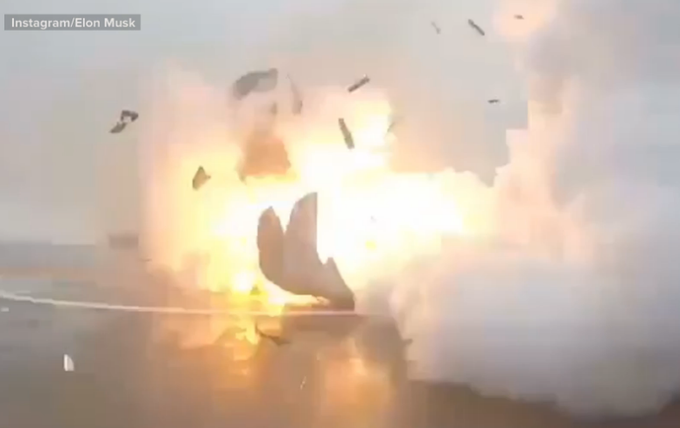 |
The two-stage Falcon 9 had just lifted off from Vandenberg Air Force Base in California just shy of 11 a.m. Sunday morning, carrying the ocean-monitoring Jason-3 satellite, Fox News reported. Word came that the spacecraft was “flying free” shortly after — a success.
But when the rocket reached its landing pad on ocean barge, which is only 300 by 170 feet, it exploded.
But Musk blamed a faulty latch for what happened next, The Chicago Tribune added. In a remarkable Instagram post, the craft can be seen easing down onto the barge, but as soon as it makes contact, leans to the right. Then, slowly, it topples on its legs and falls over, exploding in a massive blast of fire and smoke as soon as it hits the ground.
Elon Musk shares a stunning video of crash landing of SpaceX booster rocket. mashable.com/2016/01/17/elo…
“Touchdown speed was OK, but a leg lockout didn’t latch, so it tipped over after landing … Definitely harder to land on a ship. Similar to an aircraft carrier vs land: much smaller target area, that’s also translating & rotating.”
Elon believes the leg lockout may have failed because of ice buildup created by heavy condensation during the foggy liftoff, Christian Science Monitor added. That it found the target at all was impressive by itself, but Sunday’s failed attempt means the billionaire magnate got close, but no cigar.
What he’s trying to achieve with his SpaceX project is quite incredible, and this is the fourth time he’s failed. Central to this massive project is to touch down the Falcon 9 on a drone ship and there are two reasons for this: a mid-ocean landing is more flexible and cheaper.
If the SpaceX rocket can stick a landing in the middle of the ocean, then space ports won’t get crowded. But more importantly, landing the rockets that shoot satellites into space — instead of letting them fall to pieces back to Earth — means the same rockets can be used over and over again.
Booster rockets like the Falcon 9 usually just fall back home after doing their job, and they break up upon re-entry into the atmosphere. Not surprisingly, space exploration is very costly because rockets are built to fly only once.
If they can be recycled, the SpaceX dream goes, space exploration will be much, much cheaper. And SpaceX is already the cheapest launch provider.
The Falcon 9 was 14 stories high and built of aluminum-lithium alloy. A year ago, one of them landed on a barge, but ultimately failed as well — the rocket ran out of hydraulic fluid before the landing and busted up into pieces. A February launch was cancelled because of choppy waters. And last April, the rocket landed too hard and didn’t make it.
But last month, one of the Falcon 9 rockets landed at Cape Canaveral, Fla., representing the first time an unmanned craft landed vertically at the site. But the company really wants to improve its ability to touch down at sea, a goal that comes with so many challenges it’s not surprising this latest attempt failed.
To land at sea requires a spacecraft traveling at 5,000 mph to slow down and land on a bobbing target.
But given that the SpaceX rocket’s primary mission was to launch Jason-3 into orbit, the mission was a success. The satellite is now orbiting 830 miles above the Earth, tracking global sea rise, watching out for El Nino and El Nina, forecasting hurricanes and other severe weather, and tracking ocean conditions for the shipping industry.



0 Response to "SpaceX Rocket Landing Fails, Explosive Landing"
Thanks for give comment.